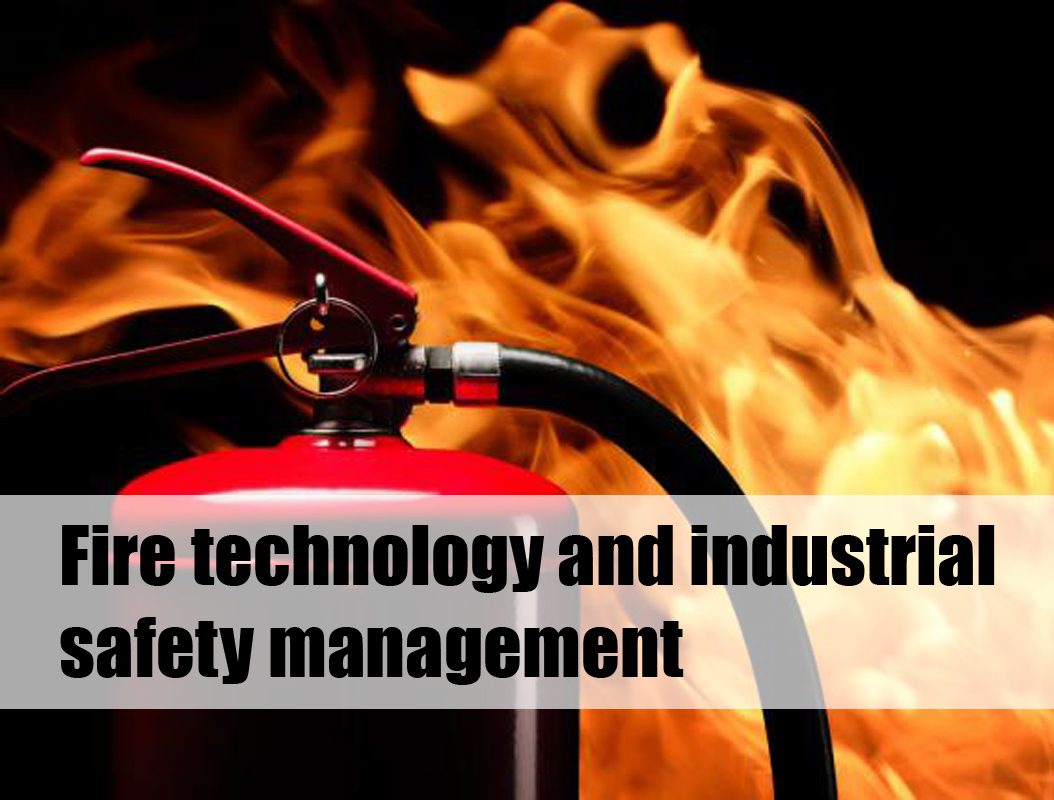Fire technology is the study of the principles, practices, and techniques involved in the control and management of fires. It includes the use of various tools, equipment, and strategies to prevent fires from starting, to extinguish fires that do occur, and to mitigate the effects of fires on people, property, and the environment.
Fire technology professionals may work in a variety of settings, including fire departments, industrial facilities, hospitals, and other organizations that require fire protection and safety measures. They may be responsible for designing and installing fire protection systems, conducting fire safety inspections, training personnel in fire safety procedures, and responding to fires and other emergencies.
Some of the key areas of study within fire technology include fire behavior, fire prevention, fire suppression, fire investigation, and fire safety management. Fire technology professionals may also be trained in the use of specialized equipment, such as fire hoses, extinguishers, and other firefighting tools. In addition, they may be required to maintain their skills and knowledge through ongoing training and professional development.
Fire technology and industrial safety management
Fire technology and industrial safety management are related fields that both focus on the safety and well-being of people and organizations. Fire technology focuses specifically on the prevention and control of fires, while industrial safety management encompasses a broader range of safety issues and risks that may occur in industrial settings.
In an industrial setting, safety management is concerned with identifying and mitigating a wide range of potential hazards, including chemical, physical, and biological hazards, as well as risks related to equipment, processes, and work environments. Industrial safety professionals may be responsible for conducting risk assessments, implementing safety policies and procedures, training personnel in safety practices, and responding to emergencies.
Fire technology and industrial safety management often intersect in the context of fire prevention and protection. For example, an industrial safety manager may work with a fire technology professional to design and install fire protection systems, such as sprinkler systems, smoke alarms, and fire suppression systems. They may also collaborate on fire safety training and emergency response planning.
Overall, the goal of both fire technology and industrial safety management is to ensure the safety of people and organizations in a variety of settings and to minimize the risk of accidents, injuries, and other adverse events.
Fire Technology Syllabus
The syllabus for a fire technology program or course will vary depending on the specific institution and the level of study. However, there are some common topics that are likely to be covered in a fire technology syllabus, including:
- Fire behavior and chemistry: This includes the study of the physical and chemical properties of fire and how it spreads and impacts different materials.
- Fire prevention and control: This includes the study of strategies for preventing fires from occurring and techniques for controlling and extinguishing fires.
- Fire suppression systems: This includes the study of various types of fire suppression systems, such as sprinkler systems, fire hoses, and extinguishers, and how they are used to control and extinguish fires.
- Fire safety management: This includes the study of how to develop and implement fire safety plans and procedures, as well as how to train personnel in fire safety practices.
- Fire investigation: This includes the study of the methods and techniques used to determine the cause and origin of fires.
- Emergency response and incident command: This includes the study of how to respond to fires and other emergencies, including the use of incident command systems and other coordinated response strategies.
- Hazardous materials: This includes the study of the properties and hazards associated with various types of hazardous materials and how to safely handle and dispose of them.
Other topics that may be included in a fire technology syllabus include building codes and standards, fire risk assessment, and the use of specialized firefighting equipment.




